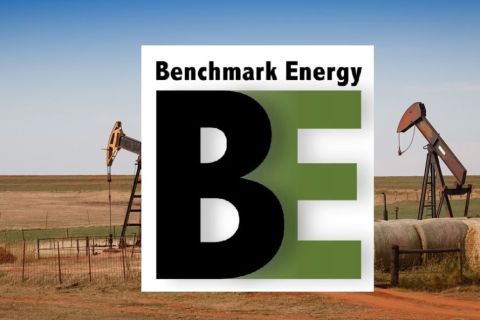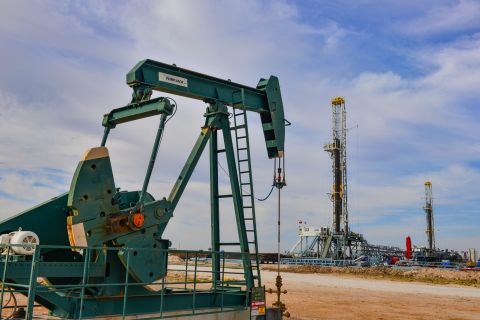U.S. natural gas futures jumped about 5% to one-week high on April 27 on expectations U.S. LNG will remain near record highs for months to come, after Moscow’s toughest retaliation so far against international sanctions over its invasion of Ukraine.
Russia halted gas supplies to Bulgaria and Poland for rejecting its demand for payment in roubles, causing gas prices in northwestern Europe to jump 5% on April 26 and 9% on April 27.
U.S. prices also gained support from forecasts for more gas demand in the United States over the next two weeks than previously expected, and a continued drop in U.S. output due to a late-season cold snap that froze oil and gas wells in North Dakota.
In addition, energy traders said Wednesday's trade could be volatile with the upcoming expiration of the U.S. May futures.
“Today’s trading ... is likely to be dictated by the expiring May contract,” analysts at EBW Analytics said, noting “the expiring front-month has gained on final settlement day in 12 of the past 16 months.” The February contract soared by a record 46% on its expiration day.
On its last day as the U.S. front-month, gas futures for May delivery rose 34.2 cents, or 5.0%, to $7.192 per MMBtu at 10:06 a.m. EDT (1406 GMT), putting the contract on track for its highest close since April 18.
Futures for June, which will soon be the front-month, gained about 5.0% to $7.34 per MMBtu. If the May and June futures close at these levels, June's 16-cent premium over May would be a record high for the contracts.
U.S. gas futures were up about 93% so far this year as higher global prices have kept demand for U.S. LNG exports near record highs since Russia invaded Ukraine on Feb. 24 in what Moscow calls a “special military operation.” Gas was trading around $33 per MMBtu in Europe and $25 in Asia.
The U.S. gas market, however, remains mostly shielded from those higher global prices because the United States is the world’s top gas producer, with all the fuel it needs for domestic use while capacity constraints inhibit exports of more LNG no matter how high global prices rise.
Data provider Refinitiv said average gas output in the U.S. Lower 48 states rose to 94.1 Bcf/d so far in April from 93.7 Bcf/d in March. That compares with a monthly record of 96.3 Bcf/d in December 2021.
On a daily basis, however, output was on track to drop about 4.3 Bcf/d due to the North Dakota freeze-offs since Saturday to a preliminary 90.6 Bcf/d on April 27, the lowest since early February.
“Since freeze-offs usually recover rapidly, we expect production to begin to bounce higher within the next few days,” the EBW analysts said, noting the supply rebound may not appear in daily data until mid- to late next week because “pipeline nomination patterns often show phantom first-of-month declines.”
Refinitiv projected average U.S. gas demand, including exports, would slide from 93.4 bcfd this week to 91.1 Bcf/d next week due to a seasonal warming of the weather. Those forecasts were higher than Refinitiv’s outlook on April 26.
The amount of gas flowing to U.S. LNG export plants slid from a record 12.9 Bcf/d in March to 12.3 Bcf/d so far in April due mostly to declines at Freeport LNG’s facility in Texas. The U.S. can turn about 13.2 Bcf/d of gas into LNG.
Recommended Reading
EIA: Permian, Bakken Associated Gas Growth Pressures NatGas Producers
2024-04-18 - Near-record associated gas volumes from U.S. oil basins continue to put pressure on dry gas producers, which are curtailing output and cutting rigs.
Benchmark Closes Anadarko Deal, Hunts for More M&A
2024-04-17 - Benchmark Energy II closed a $145 million acquisition of western Anadarko Basin assets—and the company is hunting for more low-decline, mature assets to acquire.
‘Monster’ Gas: Aethon’s 16,000-foot Dive in Haynesville West
2024-04-09 - Aethon Energy’s COO described challenges in the far western Haynesville stepout, while other operators opened their books on the latest in the legacy Haynesville at Hart Energy’s DUG GAS+ Conference and Expo in Shreveport, Louisiana.
Mighty Midland Still Beckons Dealmakers
2024-04-05 - The Midland Basin is the center of U.S. oil drilling activity. But only those with the biggest balance sheets can afford to buy in the basin's core, following a historic consolidation trend.




